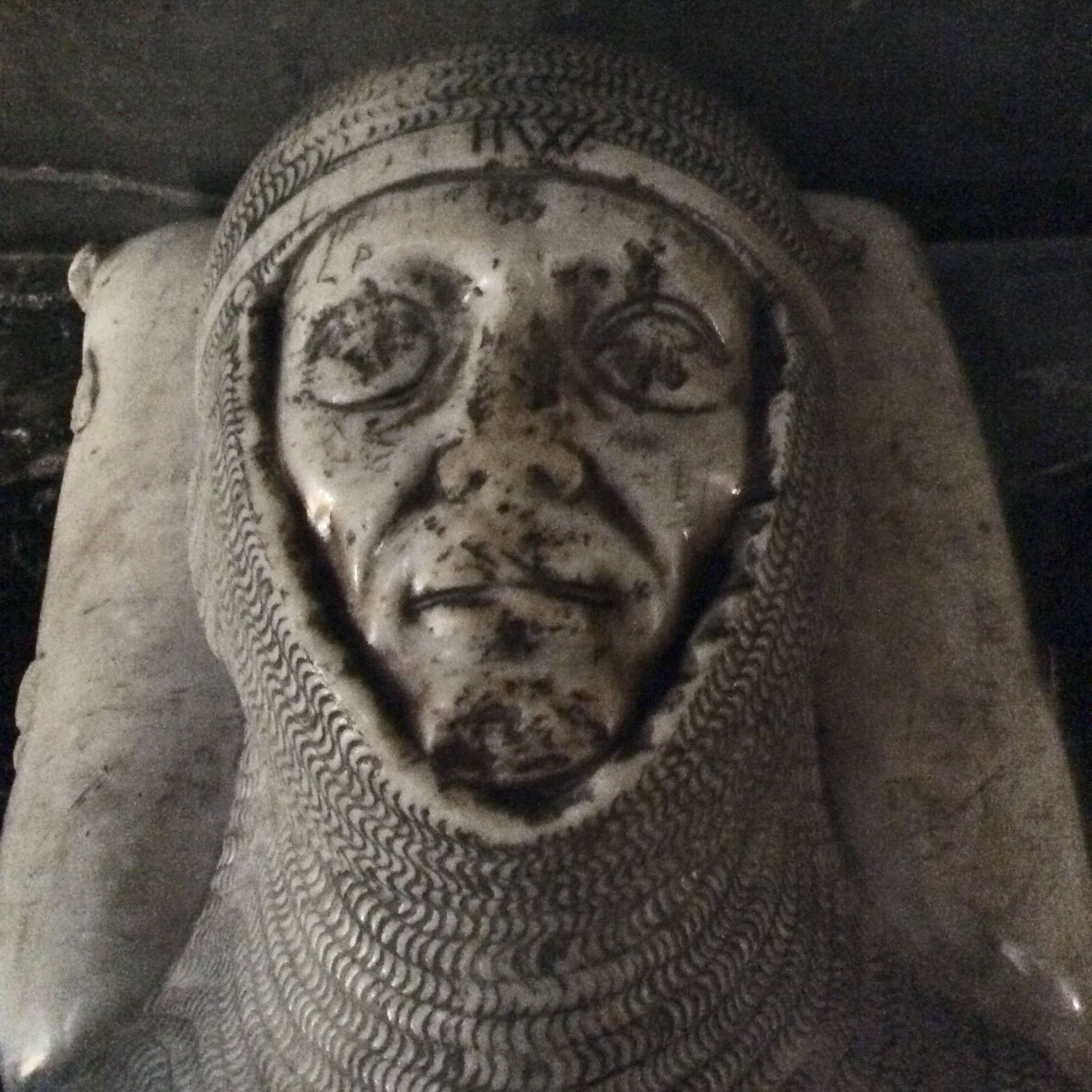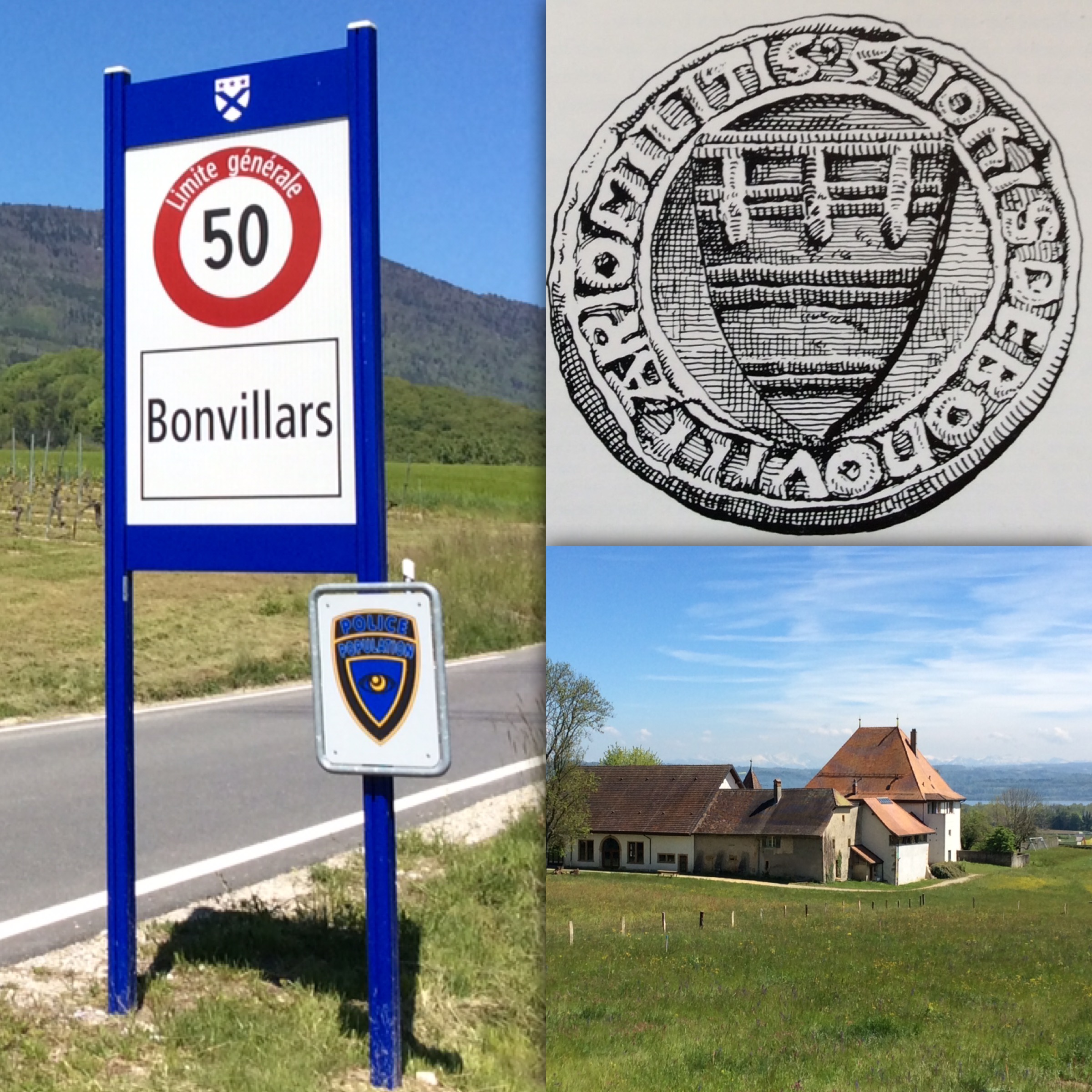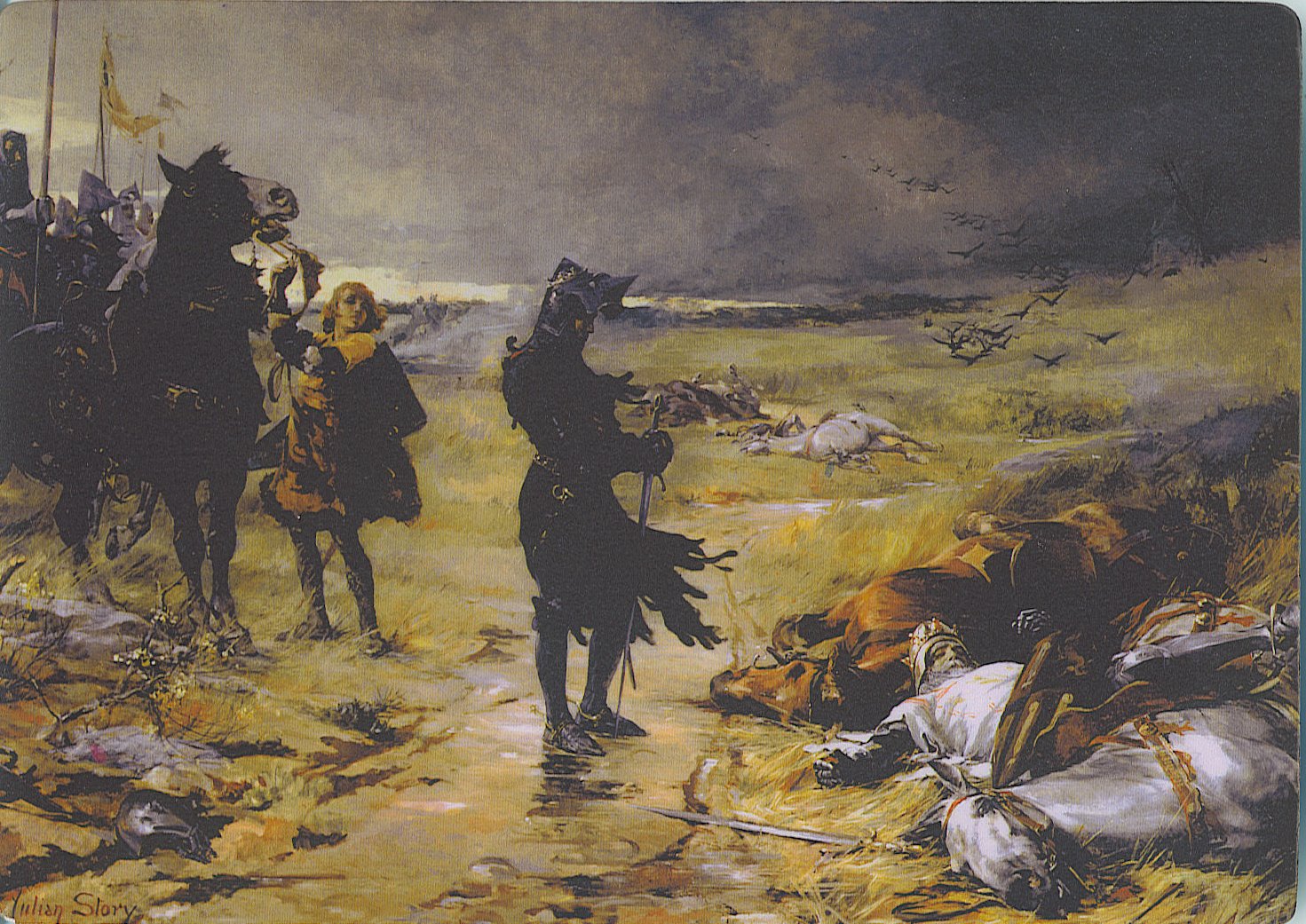|
Justiciar Of North Wales
The Justiciar of North Wales was a legal office concerned with the government of the three counties in north-west Wales during the medieval period. Justiciar was a title which had been given to one of the monarch's chief ministers in both England and Scotland. Following Edward I of England's conquest of North Wales (1277–1283), the counties of Anglesey, Caernarfonshire and Merioneth were created out of the Kingdom of Gwynedd by the Statute of Rhuddlan in 1284 and placed under direct royal control. The Justiciar of North Wales was responsible for the royal administration in these counties as well as the administration of justice. English law was applied to criminal law, but in other matters Welsh law was allowed to continue. List of Justiciars * Othon de Grandson, 1284–1294 * John de Havering, 1295–1301 * John Grey, 1315 * Richard FitzAlan, 10th Earl of Arundel, 1334–1352 *''Arundel sold the office to Edward the Black Prince in 1352'' * John de Beauchamp, 1st Baron Beaucha ... [...More Info...] [...Related Items...] OR: [Wikipedia] [Google] [Baidu] |
Wales
Wales ( cy, Cymru ) is a Countries of the United Kingdom, country that is part of the United Kingdom. It is bordered by England to the Wales–England border, east, the Irish Sea to the north and west, the Celtic Sea to the south west and the Bristol Channel to the south. It had a population in 2021 of 3,107,500 and has a total area of . Wales has over of coastline and is largely mountainous with its higher peaks in the north and central areas, including Snowdon (), its highest summit. The country lies within the Temperateness, north temperate zone and has a changeable, maritime climate. The capital and largest city is Cardiff. Welsh national identity emerged among the Celtic Britons after the Roman withdrawal from Britain in the 5th century, and Wales was formed as a Kingdom of Wales, kingdom under Gruffydd ap Llywelyn in 1055. Wales is regarded as one of the Celtic nations. The Conquest of Wales by Edward I, conquest of Wales by Edward I of England was completed by 1283, th ... [...More Info...] [...Related Items...] OR: [Wikipedia] [Google] [Baidu] |
Othon De Grandson
Otto de Grandson (c. 1238–1328), sometimes numbered Otto I to distinguish him from later members of his family with the same name, was the most prominent of the Savoyard knights in the service of King Edward I of England, to whom he was the closest personal friend and many of whose interests he shared. Family The son of Pierre, lord of Grandson near Lausanne and Agnès de Neuchâtel. He was the elder brother of William de Grandison, 1st Baron Grandison and Henri de Grandson, both of whom would join him in England. As would his cousins Pierre de Champvent and Guillaume de Champvent. Service in England and Wales (1265–90) The young Otto travelled to England probably in the company of Peter II of Savoy in 1252, certainly not later than 1265. There he entered the service of King Henry III and by 1267 was placed in the household of Prince Edward. In return for likely service for Prince Edward at the battles of Lewes and Evesham he was rewarded with property at Queenhithe in L ... [...More Info...] [...Related Items...] OR: [Wikipedia] [Google] [Baidu] |
John De Bonvillars
Sir John de Bonvillars (c. ?–1287) was a medieval Savoyard knights in the service of Edward I, Savoyard knight in the service of Edward I. He was the brother in law of Otto de Grandson, and like William de Cicon, had been introduced to English service by Otto. From Bonvillars in Savoy, now the Canton of Vaud in Switzerland, close to Grandson Castle, he was brother-in-law to Otto de Grandson. Knight of King Edward I of England, Edward I's Medieval household, household and deputy Welsh Justicier to Otto de Grandson from 1284 to 1287. On 2 April 1277 he was bearer of a letter to Otto de Grandson who was besieging Dolforwyn Castle. Was at Chester in September 1277. Revisited Savoy in 1278, was at Evian on 22 March 1279. With Otto in Wales in 1282 when latter was commanding forces based on Montgomery, Powys, Montgomery. In 1283 was sent to Wales, in 1284 he was described as Otto de Grandson's Knight Companion. Bonvillars oversaw the construction of Conwy Castle. First Constable of ... [...More Info...] [...Related Items...] OR: [Wikipedia] [Google] [Baidu] |
William De La Pole, 1st Duke Of Suffolk
William de la Pole, 1st Duke of Suffolk, (16 October 1396 – 2 May 1450), nicknamed Jackanapes, was an English magnate, statesman, and military commander during the Hundred Years' War. He became a favourite of the weak king Henry VI of England, and consequently a leading figure in the English government where he became associated with many of the royal government's failures of the time, particularly on the war in France. Suffolk also appears prominently in Shakespeare's '' Henry VI'', parts 1 and 2. He fought in the Hundred Years' War and participated in campaigns of Henry V, and then continued to serve in France for King Henry VI. He was one of the English commanders at the failed Siege of Orléans. He favoured a diplomatic rather than military solution to the deteriorating situation in France, a stance which would later resonate well with King Henry VI. Suffolk became a dominant figure in the government, and was at the forefront of the main policies conducted during t ... [...More Info...] [...Related Items...] OR: [Wikipedia] [Google] [Baidu] |
Henry Percy (Hotspur)
Sir Henry Percy (20 May 1364 – 21 July 1403), nicknamed Hotspur, was an English knight who fought in several campaigns against the Scots in the northern border and against the French during the Hundred Years' War. The nickname "Hotspur" was given to him by the Scots as a tribute to his speed in advance and readiness to attack. The heir to a leading noble family in northern England, Hotspur was one of the earliest and prime movers behind the deposition of King Richard II in favour of Henry Bolingbroke in 1399. He later fell out with the new regime and rebelled, and was slain at the Battle of Shrewsbury in 1403 at the height of his fame. Career Henry Percy was born 20 May 1364 at either Alnwick Castle or Warkworth Castle in Northumberland, the eldest son of Henry Percy, 1st Earl of Northumberland, and Margaret Neville, daughter of Ralph de Neville, 2nd Lord Neville of Raby, and Alice de Audley.; . He was knighted by King Edward III in April 1377, together with th ... [...More Info...] [...Related Items...] OR: [Wikipedia] [Google] [Baidu] |
John De Beauchamp, 1st Baron Beauchamp (fourth Creation)
Sir John de Beauchamp, 1st Baron Beauchamp of Kidderminster (1339–12 May 1388) of Holt Castle in Worcestershire was an administrator and landowner. Origins He was the son of Richard de Beauchamp, of Holt (d. 1327), the son of John de Beauchamp, of Holt (d. after 1297), the son of William (III) de Beauchamp (d. 1269), and brother of William de Beauchamp, 9th Earl of Warwick (c.1238-1298). Career He served under John of Gaunt in the Spanish campaign of 1372 and in 1373 obtained a grant of a yearly fair at a place called 'le Rode' in the parish of Holt, on the day of St. Mary Magdalene. A favourite of the ailing King Edward III, in the years 1370 to 1375 he received several grants of offices, including the constableship of Bridgnorth Castle. He was elected as a Member of Parliament for Worcestershire to Edward III's last parliament (January 1377) and Richard II's first (October 1377). Richard II regarded him warmly, and acted as godfather to his son. Retained in the household ... [...More Info...] [...Related Items...] OR: [Wikipedia] [Google] [Baidu] |
Edward The Black Prince
Edward of Woodstock, known to history as the Black Prince (15 June 1330 – 8 June 1376), was the eldest son of King Edward III of England, and the heir apparent to the English throne. He died before his father and so his son, Richard II, succeeded to the throne instead. Edward nevertheless earned distinction as one of the most successful English commanders during the Hundred Years' War, being regarded by his English contemporaries as a model of chivalry and one of the greatest knights of his age. Edward was made Duke of Cornwall, the first English dukedom, in 1337. He was guardian of the kingdom in his father's absence in 1338, 1340, and 1342. He was created Prince of Wales in 1343 and knighted by his father at La Hougue in 1346. In 1346, Prince Edward commanded the vanguard at the Battle of Crécy, his father intentionally leaving him to win the battle. He took part in Edward III's 1349 Calais expedition. In 1355, he was appointed the king's lieutenant in Gascony, a ... [...More Info...] [...Related Items...] OR: [Wikipedia] [Google] [Baidu] |
John Grey (justiciar)
There is the homophone name John Gray. John Grey may refer to: People 14th, 15th, and 16th centuries *Sir John de Grey (died 1266), English soldier and high sheriff. *Sir John de Grey, 1st Baron Grey de Rotherfield (c.1300–1359), founding member and 14th Knight of the Order of the Garter in 1348 * John de Grey, 2nd Baron Grey of Rotherfield (1320–1375), 2nd Baron Grey of Rotherfield * John Grey (MP for Bedford), MP for Bedford 1406 * John Grey (Devon MP) (died 1413), MP for Totnes, Exeter and Barnstaple *John Grey, 1st Earl of Tankerville (1384–1421), 1st Earl of Tankerville *John Grey, 2nd Baron Grey de Wilton (died 1323), English peer and Parliamentarian *John Grey, 8th Baron Grey de Wilton (died 1498), 8th Baron Grey de Wilton *John Grey (knight) (c. 1387–1439), English soldier of the Hundred Years' War *John Grey of Groby (c. 1432–1461), first husband of Queen Elizabeth Woodville *John Grey, 2nd Viscount Lisle (1480–1504), British peer *Lord John Grey (Tudor nobl ... [...More Info...] [...Related Items...] OR: [Wikipedia] [Google] [Baidu] |
John De Havering
John de Havering (died 1309) was an Kingdom of England, English military and civil servant. He was considered one of the most experienced administrators of King Edward I, serving as Seneschal of Gascony and as Justiciar of North Wales. Life John de HaveringMichael Prestwich: ''Edward I''. Berkeley, University of California Press, 1988, , S. 308 was a son of Richard de Havering, who was steward of the estates of Simon de Montfort, 6th Earl of Leicester. His father died in 1267, whereupon de Havering inherited his possessions.J. R. Maddicott: ''Simon de Montfort.'' During the reign of King Henry III of England, Henry III he was Lord of Grafton Regis, Grafton in Northamptonshire.Thomas Christopher Banks: ''Baronia Anglica Concentrata, Or, A Concentrated Account of All the .'' From October 1274 to October 1278, de Havering served as High Sheriff of Hampshire, Sheriff of Hampshire. After the Conquest of Wales, he became Deputy Justiciar of North Wales in 1284. In July 1287 he was ... [...More Info...] [...Related Items...] OR: [Wikipedia] [Google] [Baidu] |
Welsh Law
Welsh law ( cy, Cyfraith Cymru) is an autonomous part of the English law system composed of legislation made by the Senedd.Law Society of England and Wales (2019)England and Wales: A World Jurisdiction of Choice eport(Link accessed: 16 March 2022). Wales is part of the legal jurisdiction of England and Wales, one of the three legal jurisdictions of the United Kingdom. However, due to devolution, the law in Wales is increasingly distinct from the law in England, since the Senedd, the devolved parliament of Wales, can legislate on non-reserved matters. Welsh law has been generated by the Senedd since the Government of Wales Act 2006 and in effect since May 2007. Each piece of Welsh legislation is known as an Act of Senedd Cymru. The first Welsh legislation to be proposed was the NHS Redress (Wales) Measure 2008. This was the first time in almost 500 years that Wales has had its own laws, since ''Cyfraith Hywel'', a version of Celtic law, was abolished and replaced by English law th ... [...More Info...] [...Related Items...] OR: [Wikipedia] [Google] [Baidu] |
Justiciar
Justiciar is the English form of the medieval Latin term ''justiciarius'' or ''justitiarius'' ("man of justice", i.e. judge). During the Middle Ages in England, the Chief Justiciar (later known simply as the Justiciar) was roughly equivalent to a modern Prime Minister of the United Kingdom, as the monarch's chief minister. Similar positions existed in continental Europe, particularly in Norman Italy and in the Carolingian Empire. A similar office was formed in Scotland, although there were usually two or three – the Justiciar of Scotia, the Justiciar of Lothian and, in the 13th century, the Justiciar of Galloway. These offices later evolved into a national one called Lord Justice-General. The modern title is Lord President of the Court of Session. The Justiciar of Ireland was an office established during the Anglo-Norman invasion of Ireland and was a key tool in its colonisation. Following the conquest of the Principality of Wales in the 13th century, the areas that becam ... [...More Info...] [...Related Items...] OR: [Wikipedia] [Google] [Baidu] |



.jpg)

